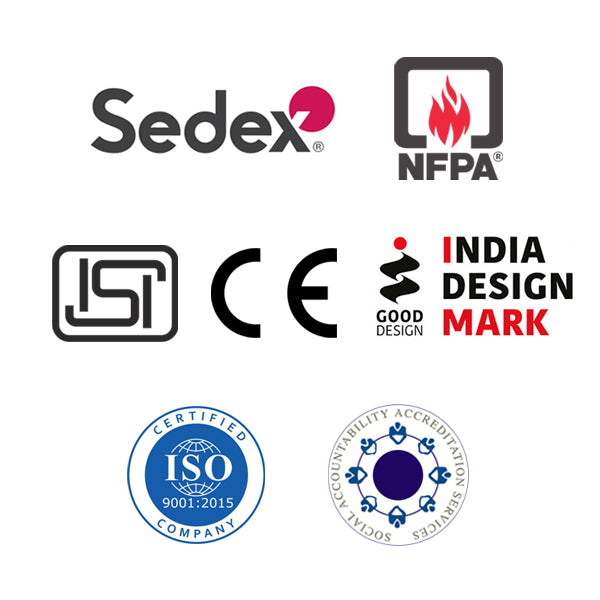F834
Share
WELDER GLOVES
- Dyed split leather welder glove
- Back and thumb made from single piece leather
- Leather reinforcement on palm
- Non-woven lining inside the palm, cuff lined with jeans fabric
- High contact heat resistant glove (350 degrees C for 15 sec)
ABRASION
DEXTERITY
SPARK
FLAME
HEAT
EN388
EN407
EN12477:2001+A1:2005 TYPE A
Delivery & Services

Easy Return
with our 15 days return poicy
Regular price
Rs. 0
Sale price
Rs. 0
Regular price
Tax included.
Shipping calculated at checkout.
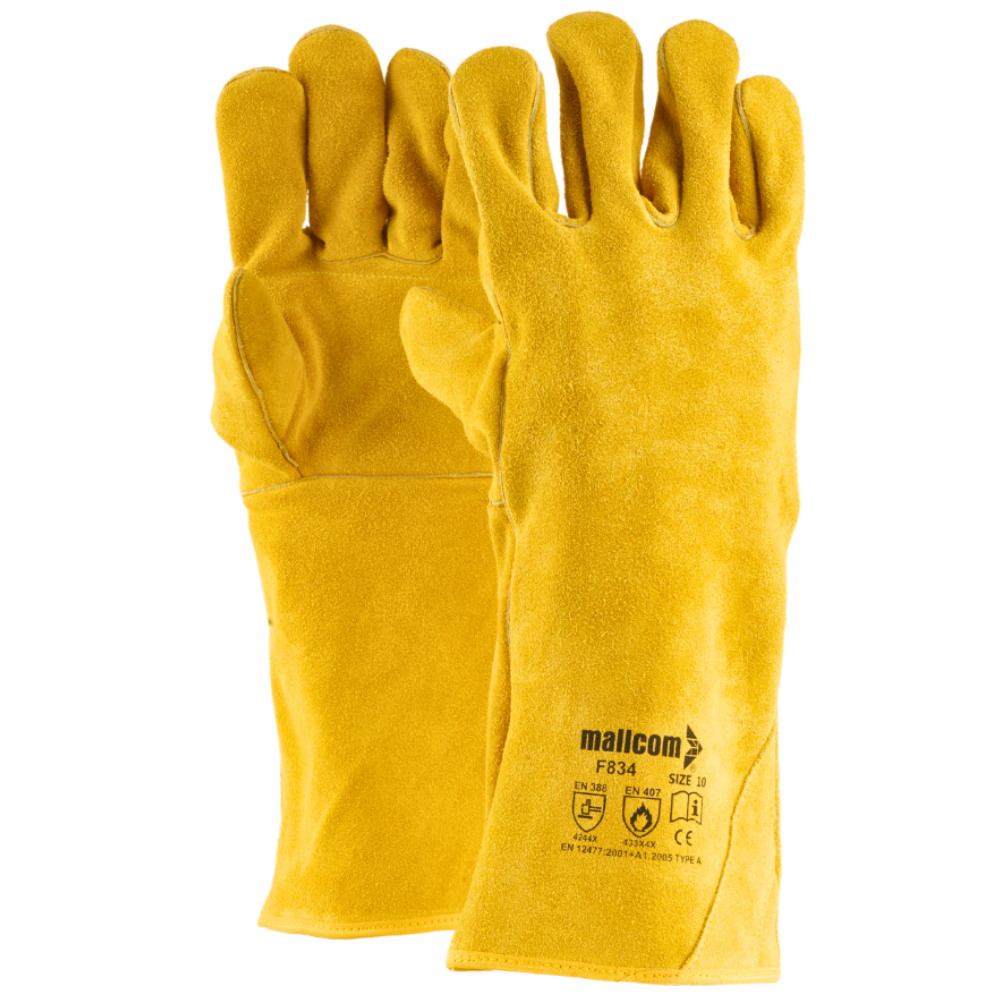
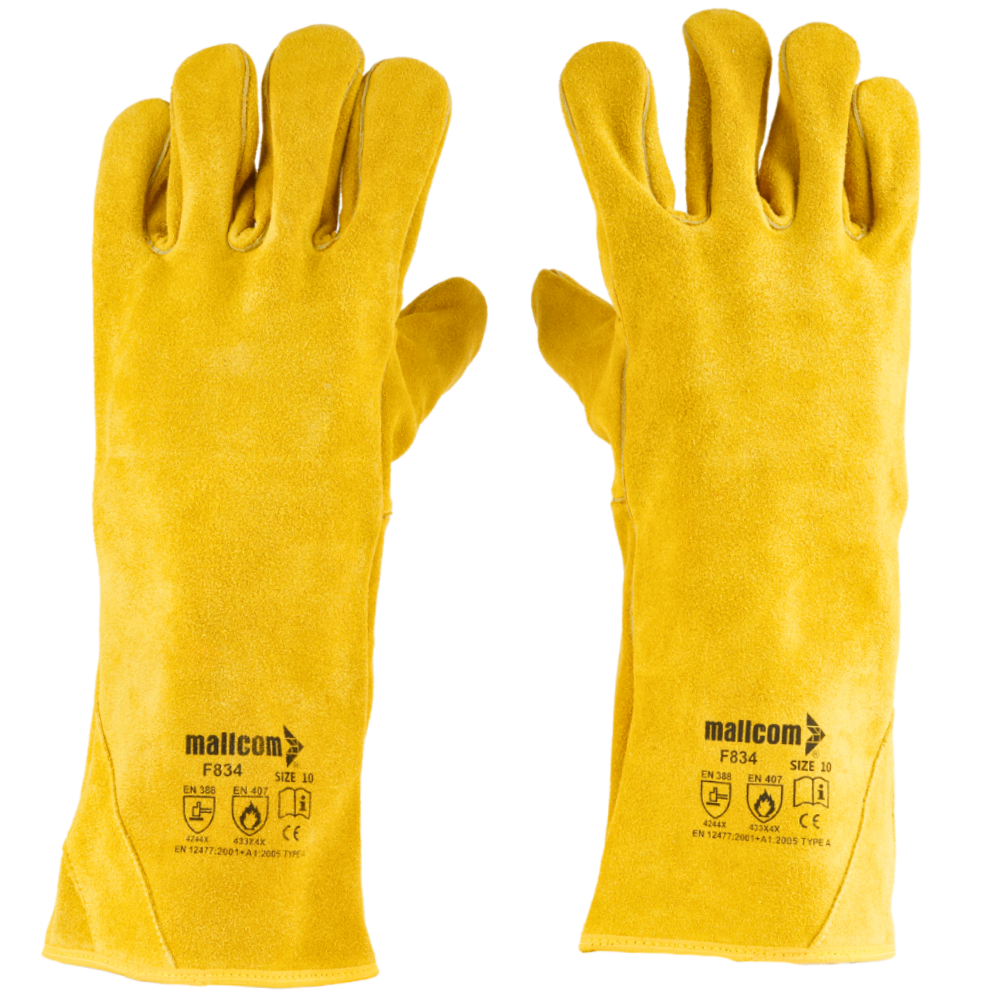

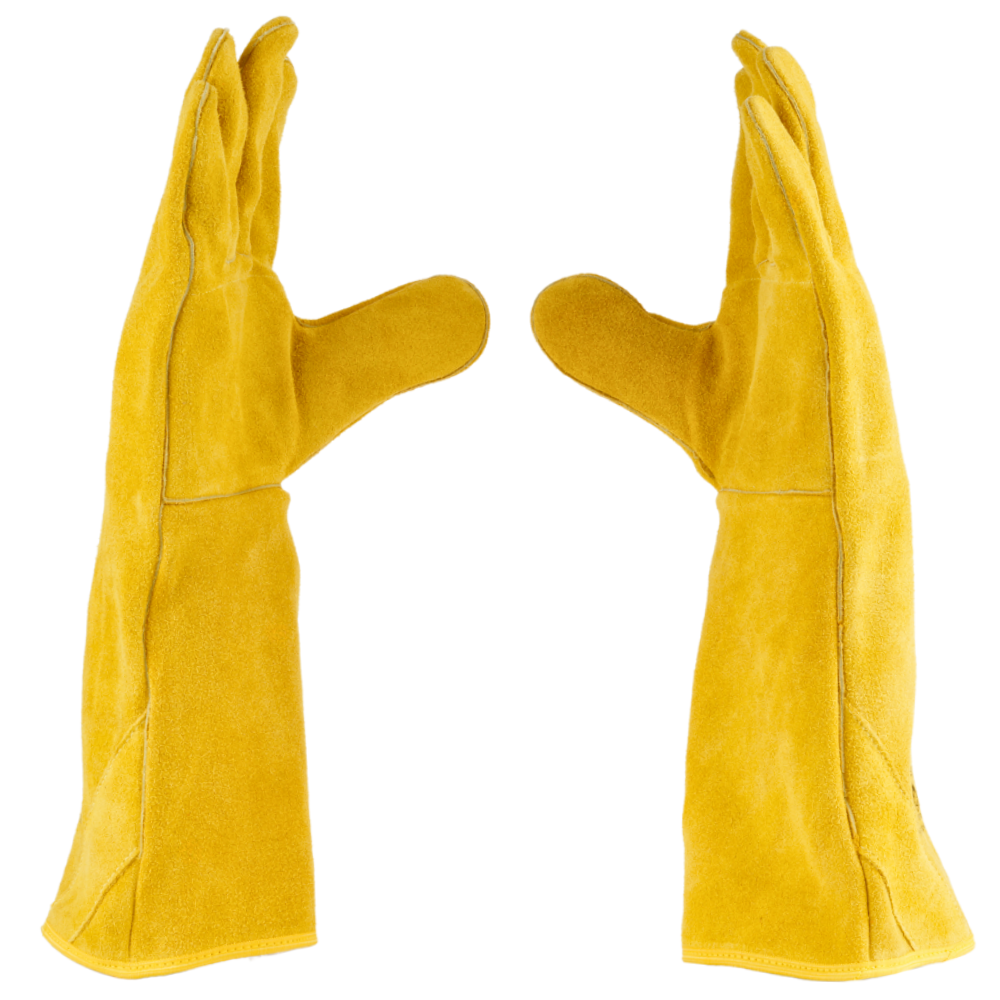

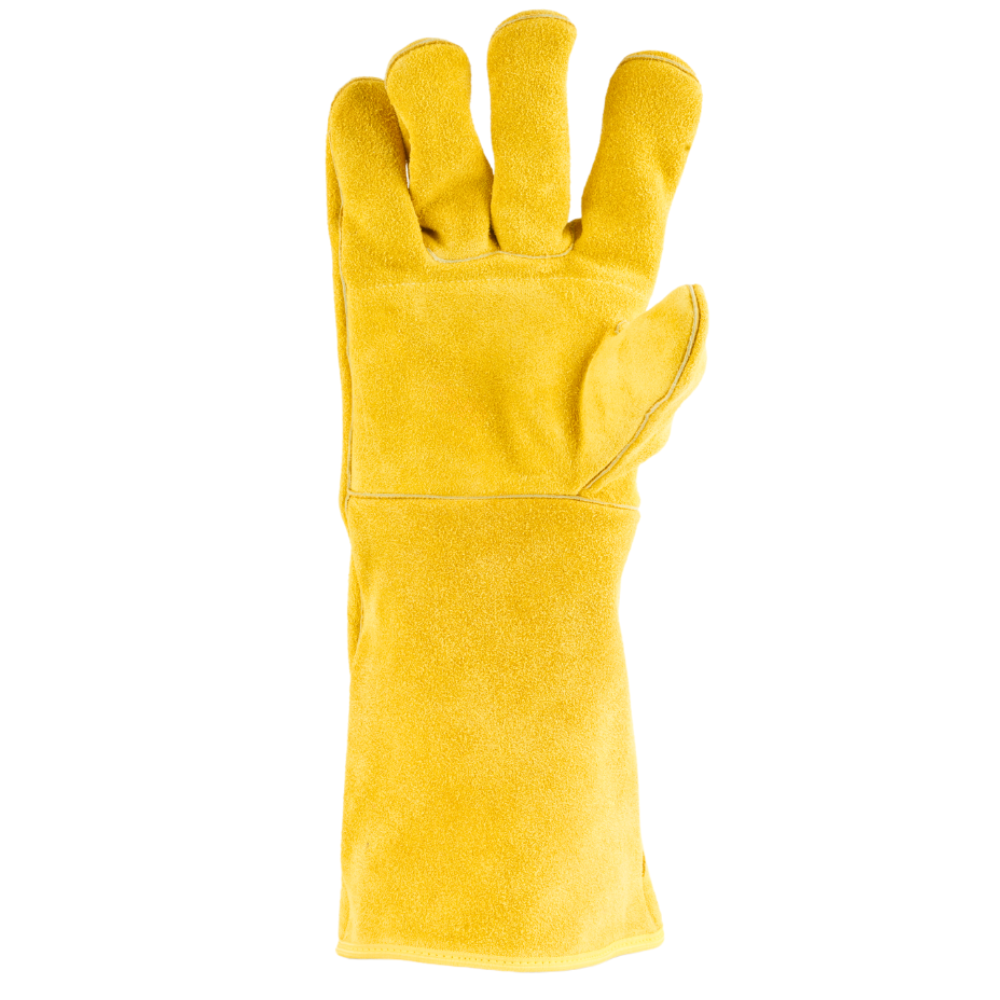

ABOUT THE DESIGN
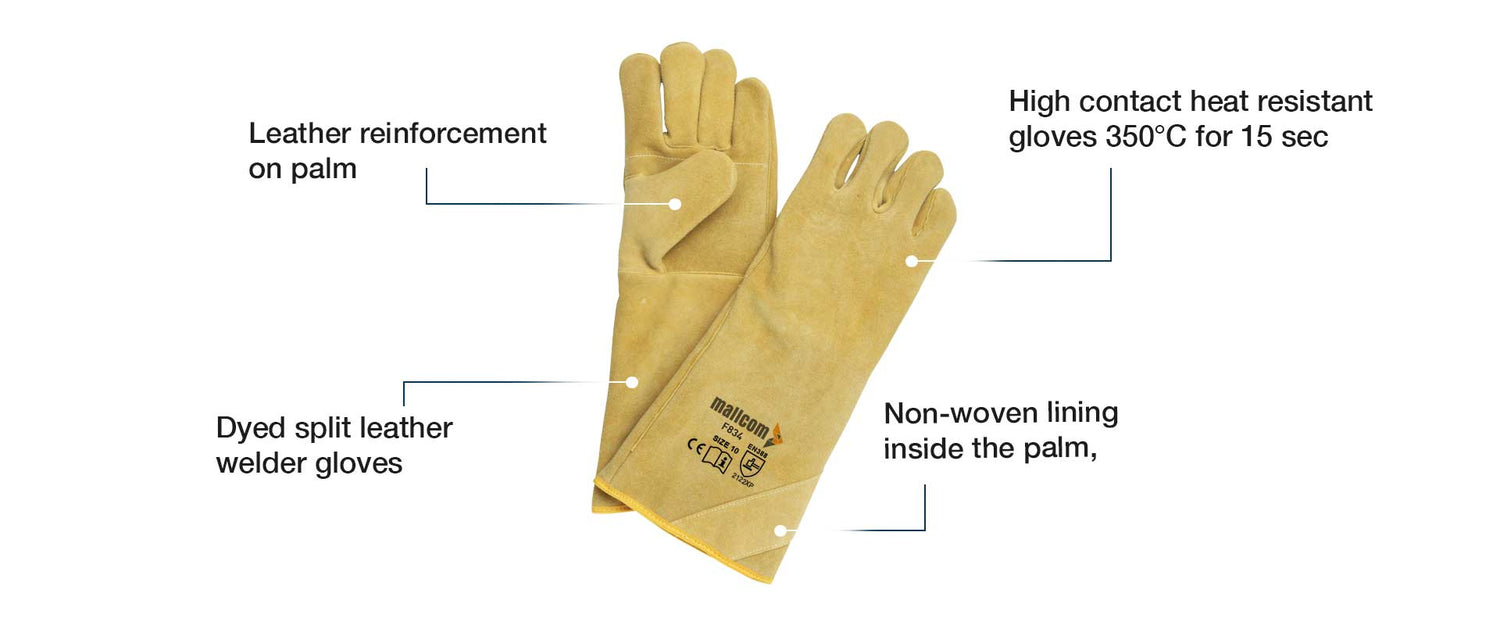
USEFUL IN THESE INDUSTRIES
AUTOMOBILE
IRON & STEEL
METTULARGY
REPAIRS&MAINTANENCE

Product Features
ABOUT THE DESIGN
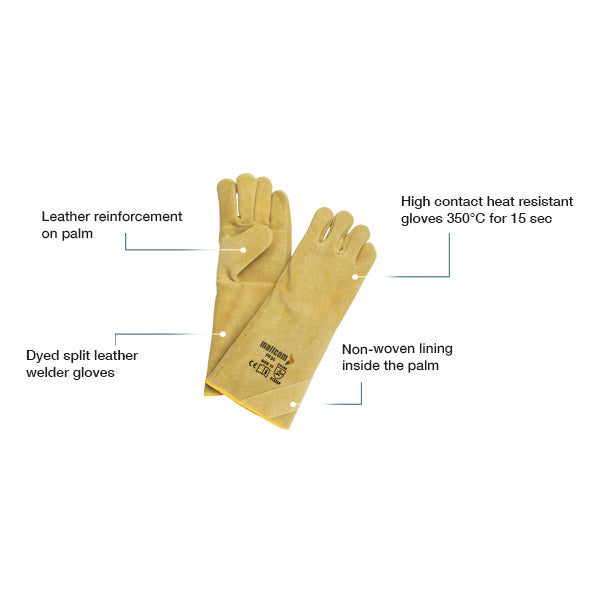
USEFUL IN THESE INDUSTRIES
AUTOMOBILE
IRON & STEEL
METTULARGY
REPAIRS&MAINTANENCE
Product Details
